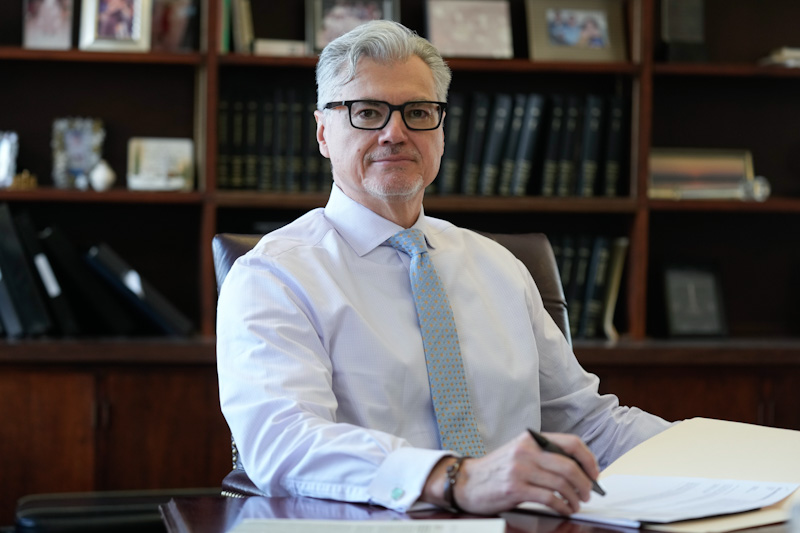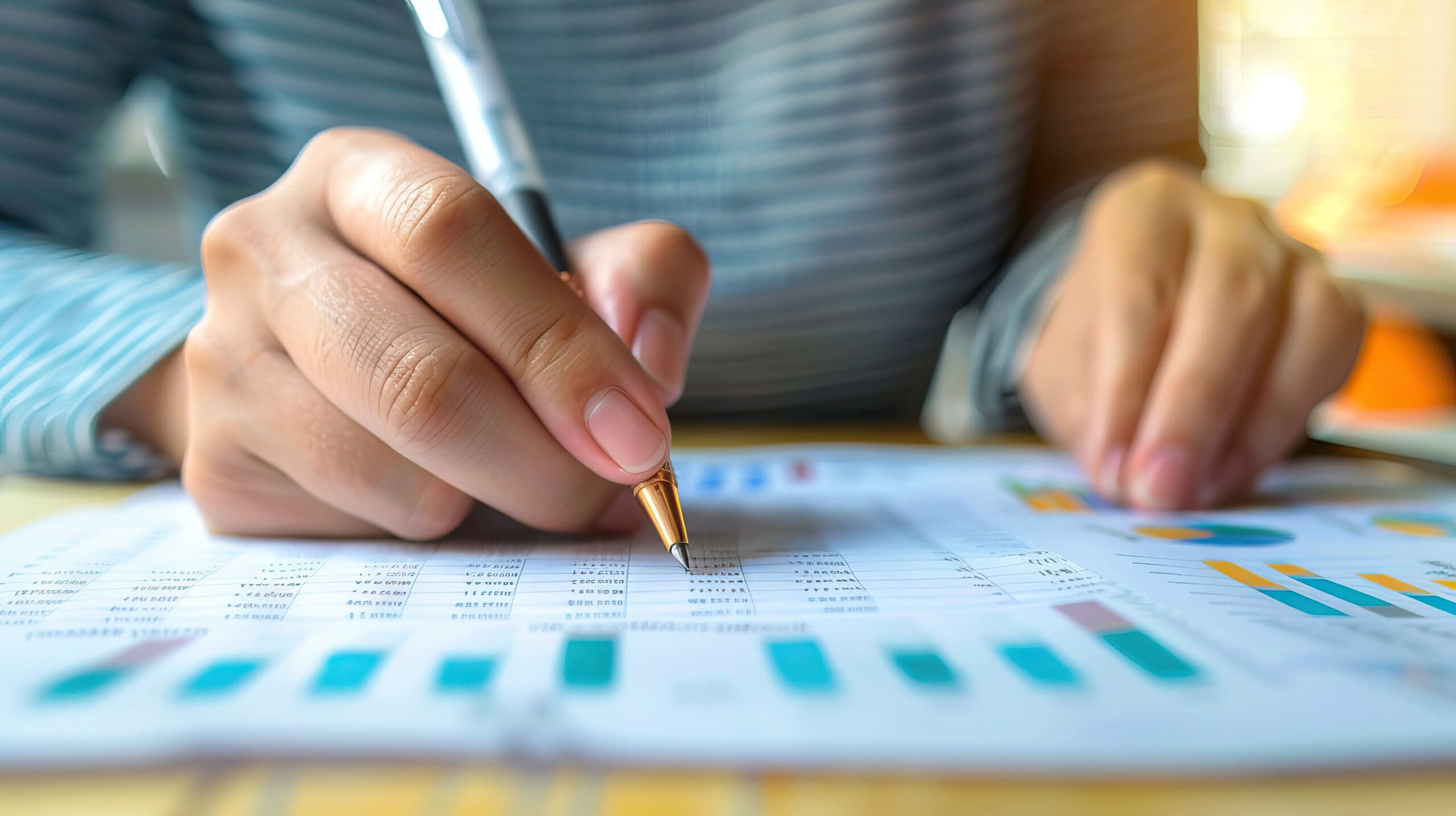Capital Gains Taxes Are Hurting The Fine Art Market, But Not The Way You Think
This year’s New York art auctions disappointed. The $1.4 billion in spring sales were 22 percent lower than 2023, and off 36 percent from 2022, according to the industry publication Ocula. There is plenty of speculation about why, but one reason may be capital gains taxes.
Under current law, the long-term federal capital gains tax rate for most assets is 20 percent plus a 3.8 percent Net Investment Income Tax (NIIT) on high-income filers. But gains on art and other collectibles are taxed like ordinary income, up to a top rate of 28 percent, in addition to the NIIT. Then there are state taxes.
Crucially, any increase in the value of an asset is untaxed until it is sold. And if owners hold it until they die, no tax ever is owed on any increase in its value during the decedent’s lifetime, thanks to something called stepped-up basis.
Borrow, Don’t Sell
This system creates enormous incentives for art aficionados to avoid selling assets to finance their next Warhol and, once they buy it, to find ways to monetize its value without ever selling it. In the high-end art world, triggering capital gains tax is as tacky as hanging a $20 travel poster in your dining room.
Many buyers avoid tax by borrowing to purchase multi-million dollar pieces. Fine art lending is an art in itself, since acquisitions often come with questions about valuation, provenance, and authenticity. Still, one 2023 study found that about one-third of wealthy buyers used debt to acquire fine art.
And if their Jean-Michel Basquiat appreciates enough in value, they can avoid capital gains tax by using it as collateral for a future loan to buy more art. Similarly, they can borrow against their stock portfolio rather than selling securities and paying tax on any profits.
Indeed, lenders are not shy about promoting the tax benefits of borrowing. JP Morgan Private Bank describes one advantage: “Defer potential capital gains that may be triggered by selling appreciated artwork.”
However, rising interest rates have made borrowing much less attractive. The prime lending rate bottomed out at 3.25 percent in March, 2020 but is now 8.5 percent. Interest rates on art vary widely, depending on the borrower, the lender, and the collateral. But it is fair to say that they have increased substantially. Hence, those disappointing spring auctions.
Curbing Exchanges, For Now
But buying on credit is not the only way high-end collectors can defer or even avoid taxes.
Until the 2017 Tax Cuts and Jobs Act (TCJA), buyers could duck capital gains taxes by simply swapping one piece of art for another. The TCJA generally eliminated these Section 1031 like-kind exchanges for art collectors (hobbyists in IRS-speak) but still permits them for investors.
What is the difference? If you buy art to enjoy it, you generally lose the benefit of tax-free exchanges. If you buy art as an investment and enjoy the profits, you still may qualify. The IRS has an 11-part test to help tell the difference. If that doesn’t help, just wait. The limitations on exchanges are due to expire at the end of next year.
If you are a dealer, sales are taxed as ordinary income but you also can deduct acquisition costs and other expenses. If you are both a dealer and an investor? Well, it is complicated.
Collectors have other opportunities to avoid paying capital gains taxes on the appreciated value of their art. They can create a wide range of trusts or use other techniques to defer or avoid tax when they dispose of art.
Freeports
And there is more. For years, wealthy buyers have stashed their art in freeports— government-designated warehouses where products can be held, tax-free, until they are resold and shipped to a buyer. My TPC colleague Renu Zaretsky explained how it works here.
These facilities, many in tax havens but some in the US, have the added benefit of offering owners a certain amount of anonymity. That makes them popular among money launderers and Russian oligarchs, but freeports also attract wealthy Americans looking to dodge US taxes. Efforts in the US and elsewhere to enhance recordkeeping and disclosure have had limited success.
President Biden and congressional Democrats have proposed several ideas that could change the tax calculation for art buyers. Biden, for example, would end stepped-up basis rule for very large estates, increase the NIIT to 5 percent, and raise the capital gains tax rate to 39.6 percent for households making $1 million or more annually. While these ideas are intended to raise tax revenues, they also could encourage more gaming by those seeking to avoid higher taxes.
Those four New York galleries still sold almost $1.4 billion worth of art in May, so the art business isn’t exactly dying. But it never is a good thing when transactions are structured to avoid tax.






